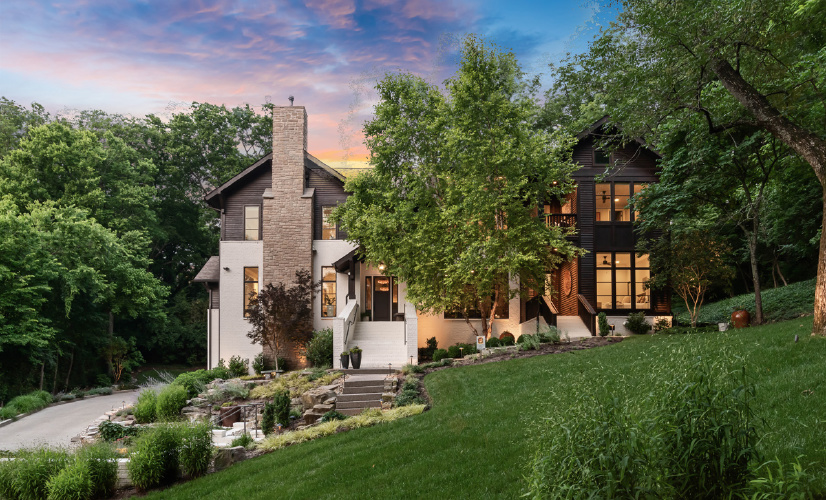Earlier this month, Homes.com published a new report about the FAA’S updated regulations on the use of drones in real estate marketing, and that brought about one of the most interesting debates among agents and brokers we’ve ever seen.
To help put the issue into perspective, Homes.com welcomed Raj Qsar, principal of the Boutique Real Estate Group, Corona del Mar, Calif., to a special podcast to discuss his experiences with using drones to capture images for his real estate business.
During the podcast, Qsar spoke about how his company originally owned two user-friendly DJI drones equiped with GoPro cameras, which he used to capture outstanding aerial footage. However, he had to turn the flying over to someone else due to the ever-changing operating guidelines, expensive liability issues and high equipment costs.
“It’s kind of like the wild, wild West with real estate and drones right now, and it’s hard to manage and regulate and all that,” he says. “We have been subbing it out to a very local, super high-end drone pilot here in Southern California.”
When he first started, Qsar says the drone was under the firm’s liability insurance, but it’s no longer necessary since he is outsourcing the flying to a company who uses a more advanced DJI-Inspire 1.
The benefits of using drones for real estate, he believes, include giving a bird’s eye feel to a property, and seperating it from others on the market.
“It’s all about trying to connect that potential buyer to the property someway, somehow, through a story, and one way to do that is with aerial photography and drone videography,” Qsar says.
One example he gives is a recent estate home in a gated Irvine neighborhood that was in his portfolio. At 4,300 square, the 6-bedroom, 4-bath luxury home had a pool, grotto and was part of an amenity-rich neighborhood. By using a drone to shoot aerial footage, he was able to offer potential buyers a true glimpse of what the neighborhood looked like-complete with its walking trails, athletic courts, baseball field, etc.
“With traditional video, you would never see it all,” Qsar says. “By adding in a car going through the front gate and the flying over with views of the community pools, basketball courts and trails, it gives an overall look and feel to the entire neighborhood.”
Qsar believes that using drones, along with traditional video marketing, can help move properties faster than homes that are listed without this new video marketing technology.
According to Qsar, you don’t need a pilot’s license to operate a commercial drone, but you can’t legally do it for real estate anymore. Keeping up with the rules, he admits, can be challenging.
“There are various sites such as DJI with up-to-date rules on their website and there’s also a direct feed for iPad minis and monitors to communicate directly with pilots,” Qsar says.
For his videos, Qsar likes to add music and make it feel more like a movie, even playing with the aspect ratio to add to a “cinematic look.”
Qsar says there’s no easy way to define the cost of using drones, but he feels that for an agent who wants to be on top, it’s going to cost more not to do it than to do it.
“What I try to do is preach for agents to stop thinking about ‘real’ real estate agents because all they think about is cost and that will be a barrier for anything that has the word luxury attached to it,” he says. “It’s going to cost you more not to do this stuff in the long run than it will to put the money up front. Video is not going away, but those agents who aren’t using it, will be.”















